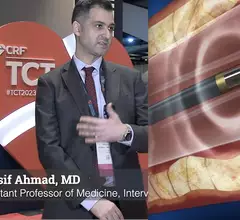The radiation doses associated with CT have decreased significantly, leaving nuclear cardiology as the modality with the highest doses in all of cardiac imaging. Rob deKemp, PhD, talked to us about some of the many ways imagers can work to address this issue.





